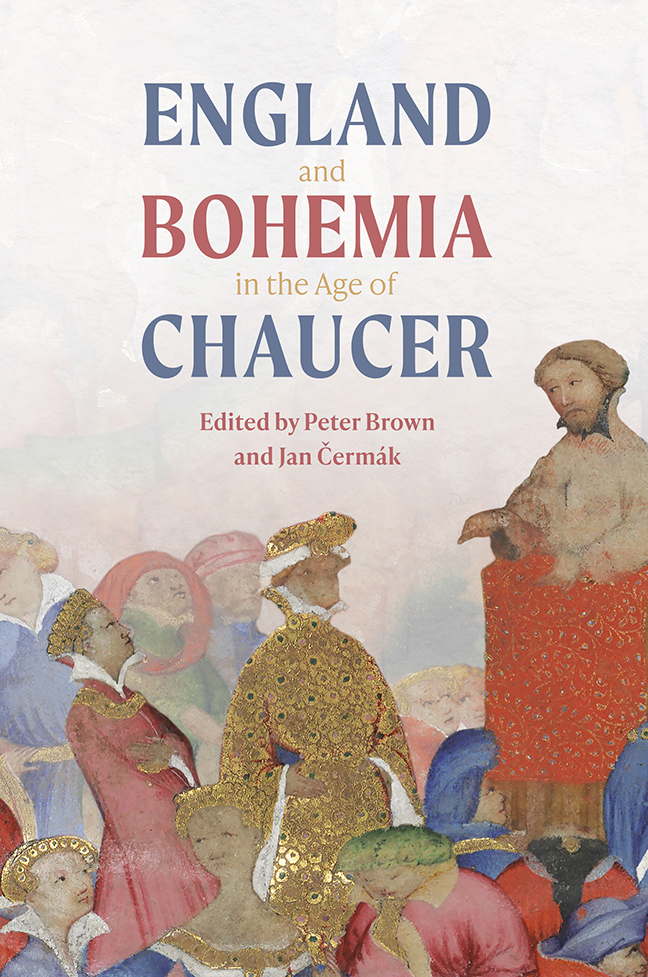8 - The Image of the Tapster in England and Bohemia
Published online by Cambridge University Press: 17 December 2023
Summary
This essay focuses on the tapster figure in medieval literature and art. The subject appears marginally in Chaucer's Canterbury Tales but in one of the anonymous sequels, the so-called Prologue to the Tale of Beryn, the figure of the tapster or barmaid plays a significant role. It also occurs in several other works of English medieval literature, such as the Harrowing of Hell of the Chester Mystery Cycle, in Langland's Piers Plowman, and Skelton's Tunnyng of Elynour Rummyng. At the same time tapsters, especially women, appear in illuminated manuscripts, wall paintings, misericordia carvings and architectural sculptures. The figure of the tapster is also found in Old Czech literature, with an important example in a play about the Resurrection of Christ. Both male and female tapsters appear in German theatre plays, particularly those dealing with the Harrowing of Hell. On the continent, as in England, the tapster figure is present in various artworks, especially wall paintings. The topical figure of the tapster persisted at the intersection of literature, drama, and the visual arts, deep into the early modern period.
One of Chaucer’s remarkable metaphors in the Canterbury Tales compares human life to a large barrel that is slowly tapped until there is nothing left. In the Prologue to his Tale, the Reeve tells us that Death, as a tapster, began emptying the cask at his birth and has been emptying it ever since, so it is now almost empty. Chaucerian scholarship has paid well-deserved attention to this metaphor, with V. A. Kolve being the first to show how it relates to other images that frame and organise the different parts of the Canterbury Tales.
Although the metaphor is otherwise widespread, as we will see below, the Reeve’s brief remark is the only passage in Chaucer’s masterpiece to feature the fascinating tapster figure, other than the line mentioning ‘any gaylard tappestere’, allegedly visited by Absolon in the Miller’s Tale (MilT 3336). How-ever, the tapster plays a prominent role in the early fifteenth-century continuation of the Canterbury Tales preserved in Alnwick, duke of Northumberland's Library, MS 45, known as the Prologue to the Tale of Beryn. It is a relatively extensive story, more than half of which describes the adventures of the Pardoner. During the pilgrims’ dinner at The Checker of the Hoop inn, the Pardoner starts flirting with a tapster named Kitt.
- Type
- Chapter
- Information
- England and Bohemia in the Age of Chaucer , pp. 168 - 180Publisher: Boydell & BrewerPrint publication year: 2023



